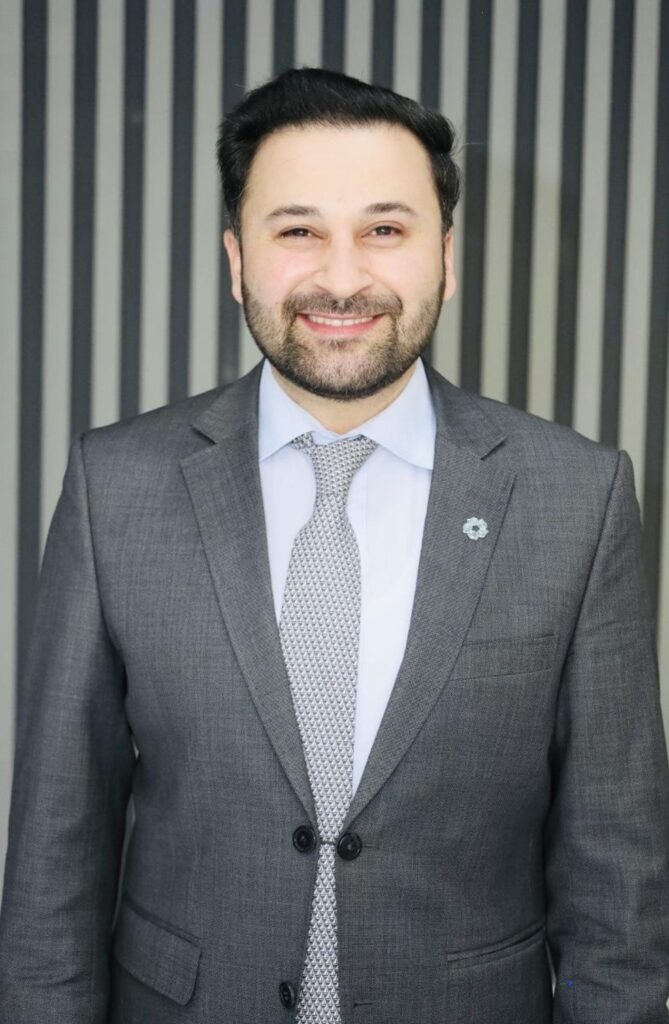By Qaiser Nawab
With the right tools, partnerships, and community involvement, Balochistan’s mineral wealth can shift from being a source of conflict to a beacon of prosperity for all.
Blessed with vast reserves of copper, gold, chromite, and rare earth minerals, Balochistan accounts for a third of Pakistan’s mining potential. Yet, many of its communities remain impoverished, their lives untouched by the region’s $3 billion annual contribution to the national mining GDP.
Illegal extraction plagues resource-rich zones like Chagai and Khuzdar, where 60% of copper mining occurs through unauthorized channels (2024 data). This shadow economy fuels criminal networks, endangers workers—including children—and exacerbates tribal conflicts. The 2023 Lasbela clashes, which displaced thousands, underscore how unregulated resource exploitation can destabilize communities. Without transparent governance, mineral wealth risks becoming a wedge rather than a bridge.
Pathways to Progress: Innovation, Inclusion, and Investment
The Zafran Gas Field project offers a blueprint for change. By reinvesting 5% of its annual revenue into local education, healthcare, and infrastructure, the initiative reduced conflicts by 70% in two years while fostering community trust. Such models prove that equitable profit-sharing transforms resources into tools for peace.
Technology amplifies these efforts. Drones now monitor extraction sites in pilot projects, enabling real-time oversight, while blockchain solutions track minerals from mine to market, curbing smuggling. Digitizing licenses, deploying AI for environmental assessments, and establishing local technical institutes can modernize the sector and empower youth. Crucially, integrating women into mining roles—from geology to compliance—ensures growth is inclusive and sustainable.
Toward a Collaborative Future
Balochistan’s transformation demands unity. Provincial authorities, mining firms, community leaders, and global partners must align to balance economic, environmental, and social priorities. Public-private partnerships and community-benefit agreements can position the region as Pakistan’s development engine, ensuring gains reach every household.
Mining here is more than an industry—it’s a litmus test for equitable governance. By centering transparency and inclusivity, Balochistan can harness its subterranean treasures to heal historical divides. The shift from conflict to cooperation is not just possible—it’s already unfolding. Together, we can ensure the next chapter tells a story of shared triumph.
About Author:

Qaiser Nawab is a global development advocate, Chairman of the Belt and Road Initiative for Sustainable Development (BRISD), and Founder of THE Society International. He focuses on inclusive policy solutions, youth empowerment, and sustainable growth. He can be reached at: qaisernawab098@gmail.com



